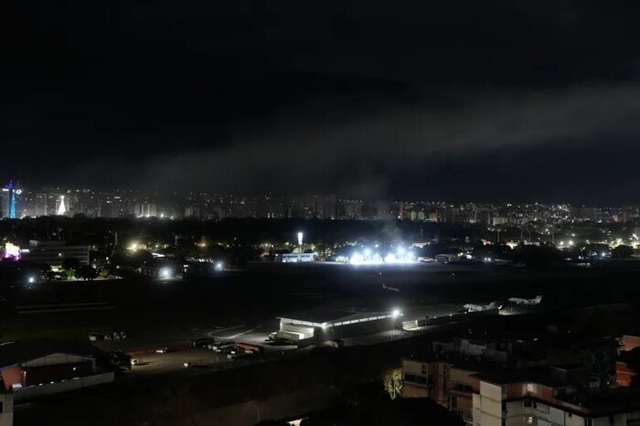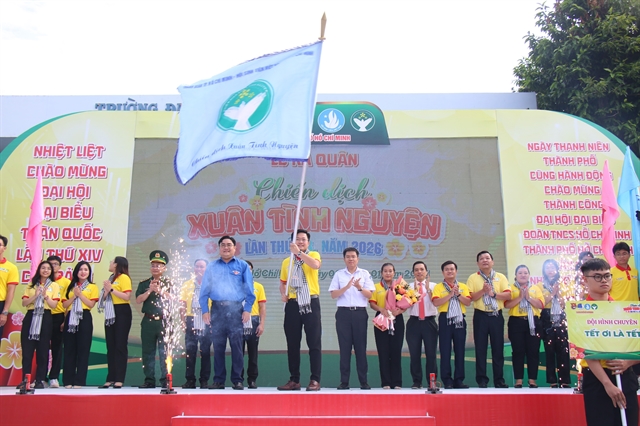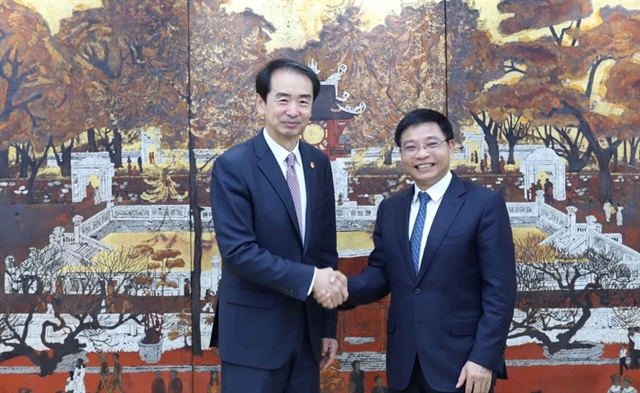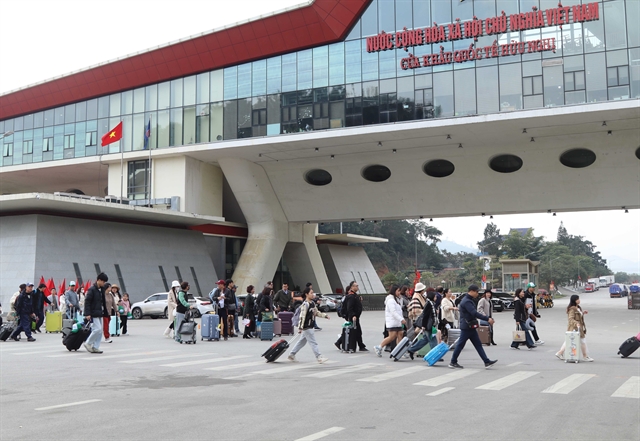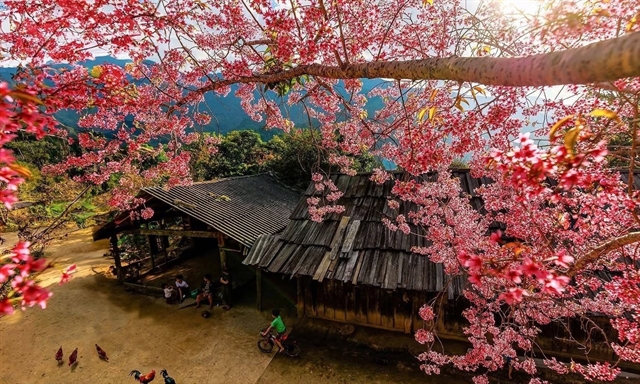 Travel
Travel
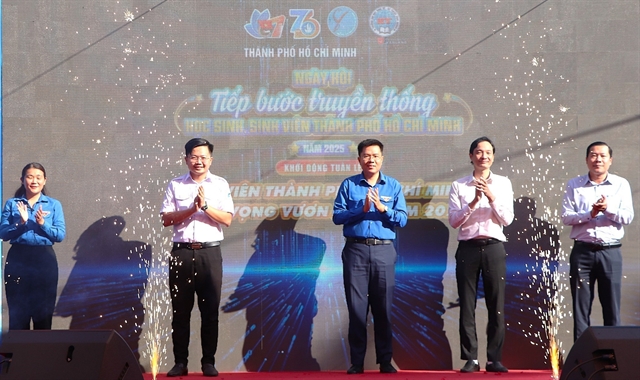
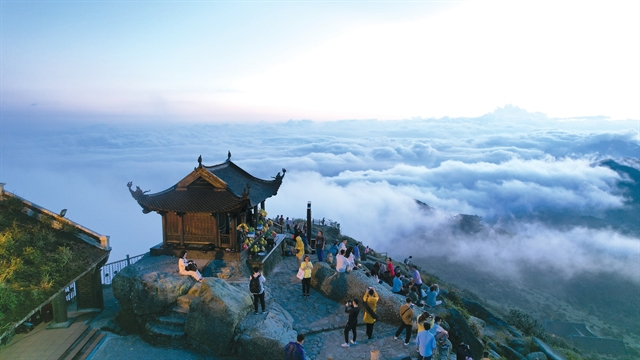
|
| Đồng Pagoda on the top of Yên Tử Mountain. — Photo vinwonders.com |
Yên Tử, a renowned mountain and spiritual site in Quảng Ninh Province, captivates visitors with its historical significance and breathtaking landscapes, particularly its majestic pagodas and the profound teachings of the Trúc Lâm Zen sect.
This serene destination, embraced by stunning mountainous scenery and a refreshing climate, has become a sought-after spiritual retreat for travellers seeking tranquility.
The Yên Tử - Vĩnh Nghiêm - Côn Sơn and Kiếp Bạc Complex of Monuments and Landscapes is a UNESCO-recognised World Cultural Heritage site, celebrated for its rich tapestry of monuments and scenic locations. This remarkable site encompasses 12 monuments selected from hundreds of relics across six special national heritage sites in Quảng Ninh, Bắc Ninh and Hải Phòng. Stretching approximately 270km, the complex lies within the enchanting Đông Triều Arc, showcasing the harmonious blend of mountains, rivers and plains.
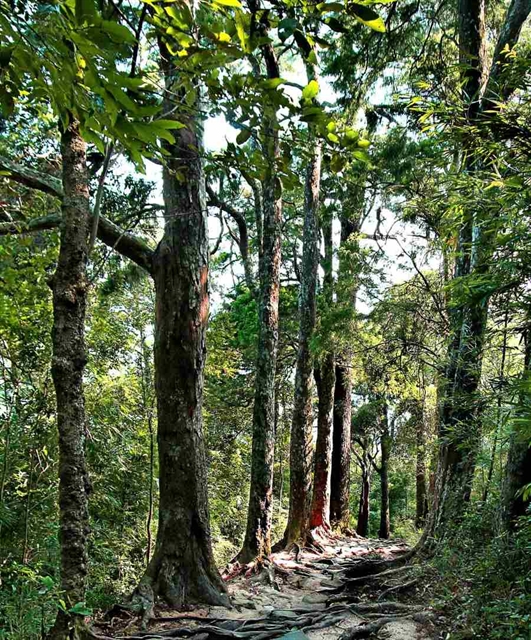
|
| The nature of Yên Tử is a natural museum featuring a rich ecosystem of pristine forests, along with a diverse system of flora and fauna in Yên Tử National Park, highlighted by heritage trees that are hundreds of years old. — Photo laodong.vn |
Birthplace of Trúc Lâm Zen
Yên Tử is revered as the cradle of the Trúc Lâm Zen sect, a uniquely Vietnamese school of Zen Buddhism founded by Emperor Trần Nhân Tông (1258-1308) after his abdication. On this sacred mountain, he dedicated himself to the practice and propagation of Buddhism, establishing a legacy that has profoundly enriched Việt Nam’s cultural and spiritual heritage. The teachings of Trúc Lâm Buddhism embody tolerance and altruism, offering timeless values to humanity.
As you wander through Yên Tử, you’ll encounter a treasure trove of history in the temples, heritages, towers and thousands of ancient artefacts that reflect the spiritual essence of the Trúc Lâm Zen sect and the illustrious culture of the Trần Dynasty.
Not only is Yên Tử a significant Buddhist centre, but it also plays a crucial role in the nation’s history and defence. The ancient relics, moss-covered towers and the arduous pilgrimage path adorned with thousands of stone steps leading to the Đồng Pagoda – known as the 'sacred roof of the northeast' – make Yên Tử an essential destination for seekers of spiritual roots and cultural identity.
Conveniently located just 15km from Uông Bí and approximately 50km from Hạ Long, Yên Tử is easily accessible for travellers from Hà Nội and neighbouring provinces, with a typical travel time of about three hours.
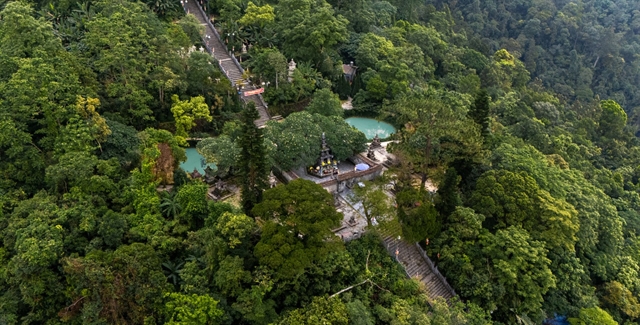
|
| Huệ Quang Tower, one of Yên Tử's most revered spiritual sites, was built to house the relics of Emperor Trần Nhân Tông. — Photo yentutunglam.com.vn |
Sacred pilgrimage begins
Your journey to conquer the sacred Yên Tử mountain begins at the Yên Tử Cultural and Festival Centre, a vibrant space that preserves and showcases unique Buddhist culture. Here, you’ll gain insight into the life and spiritual path of Emperor Trần Nhân Tông, enriched by impressive architecture and informative displays that deepen your understanding of this sacred land.
Next, visit the Giải Oan (Vindication) Pagoda, a historic temple steeped in spiritual significance. Nestled at the foot of Mount Ngọc, this serene site, with the gentle Giải Oan stream flowing nearby, is said to be where the Buddhist King conducted ceremonies to absolve the spirits of those who drowned. The tranquil ambiance, accompanied by the soothing sounds of flowing water and resonating temple bells, invites visitors to reflect and find inner peace.
Continuing your pilgrimage, you will arrive at the Huệ Quang Tower, one of Yên Tử's most revered spiritual sites, built to house the relics of Emperor Trần Nhân Tông. Surrounded by smaller towers that serve as the final resting places for Zen masters and monks, this majestic complex is a testament to the sacred traditions that thrive within the Yên Tử forest.
Not far from the Huệ Quang Tower lies the Hoa Yên Pagoda, the largest pagoda and a vital Buddhist centre in the Yên Tử complex. Perched over 500m above sea level, it seems to float among the clouds, enveloped by ancient trees and the serene essence of Zen. Originally named Vân Yên, it was renamed by King Lê Thánh Tông, who was captivated by the ethereal beauty of its surroundings.
This sacred space is where Emperor Trần Nhân Tông preached and nurtured the spirit of the Trúc Lâm Zen sect, heralding a golden era of Vietnamese Buddhism. Standing in the pagoda courtyard, visitors can immerse themselves in the breathtaking beauty of the Yên Tử mountains, finding a deeply peaceful and contemplative atmosphere.
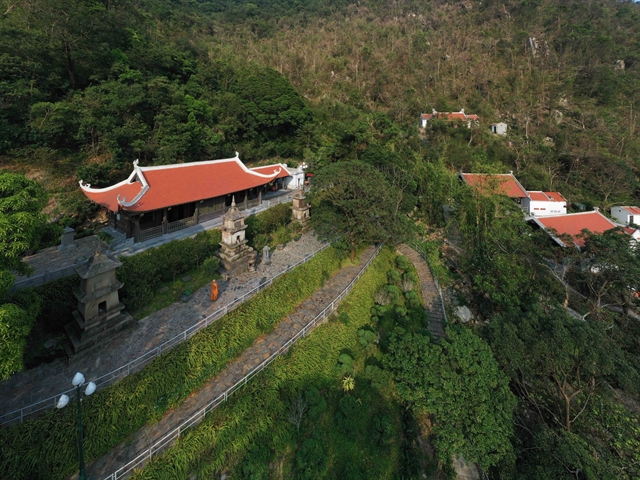
|
| Ngọa Vân Thượng preserves many sacred historical relics related to the final days of meditation in the life of Emperor Trần Nhân Tông. — VNA/VNS Photo Minh Đức |
As you continue along the ancient stone path, you will discover temples tucked away in the clouds. The Một Mái Pagoda, with its distinctive single-roof architecture, clings to the mountainside, while the Bảo Sái Pagoda marks the place where Emperor Trần Nhân Tông passed his teachings to his disciples.
The Đồng Pagoda, perched at an altitude of 1,068m, is the final destination and among the most sacred sites on this pilgrimage. Here, heaven and earth converge, creating a sanctuary that embodies the pure spirit of the Trúc Lâm Zen sect. Crafted entirely from solid bronze and shaped like a blooming lotus, the Đồng Pagoda symbolises the purity and nobility of Buddhism. Despite its modest size, it exudes immense spiritual power, drawing thousands of pilgrims and visitors annually seeking peace and blessings.
From the Đồng Pagoda, visitors are treated to panoramic views of the majestic northeast landscapes, often shrouded in mist. Each dawn and sunset transforms this area into a serene, sacred realm, akin to a fairyland. The sense of achievement felt upon reaching this pinnacle, combined with the cool breeze and profound spiritual ambiance, is a well-deserved reward for those who brave the trek to Yên Tử.
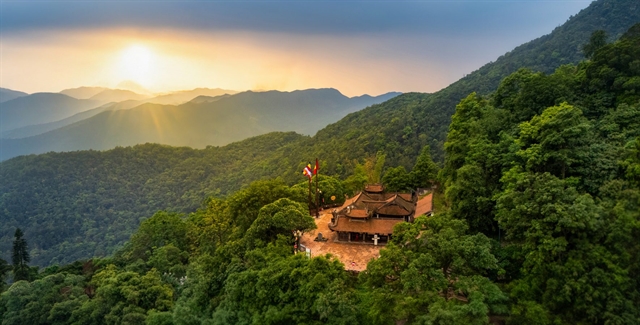
|
| At an altitude of 534m above sea level, Hoa Yên Pagoda is the central pagoda in the entire Yên Tử heritage complex. — Photo yentutunglam.com.vn |
Nature’s enchantment
Beyond its spiritual allure, Yên Tử is a natural wonder, boasting a rich ecosystem within its pristine forests. The Yên Tử National Forest is home to a diverse array of flora and fauna, including ancient heritage trees like the Xích Tùng, Đại and Mai Vàng.
Yên Tử is not only a pivotal spiritual destination for Vietnamese Buddhism, but also a sanctuary for those seeking peace and inner tranquility. The journey to Yên Tử is one of self-discovery amid majestic nature and the echoes of a thousand years of history. If you are in search of a destination that is both sacred and deeply intertwined with the cultural essence of Việt Nam, then Yên Tử is an unmissable gem.
How to get there
Travelling from Hà Nội to the Yên Tử tourist area in Quảng Ninh is approximately 140km. To begin your journey, start from the centre of Hà Nội and take the Chương Dương Bridge. After crossing the bridge, continue through Nguyễn Văn Cừ, heading towards National Highway 18, which will lead you to Bắc Ninh Province.
Once you reach Bắc Ninh, continue straight and turn left at Trình Pagoda. From there, it is just about 10km until you arrive at the beautiful Yên Tử area. This scenic route makes it convenient for travellers to reach this spiritual haven. — VNS

